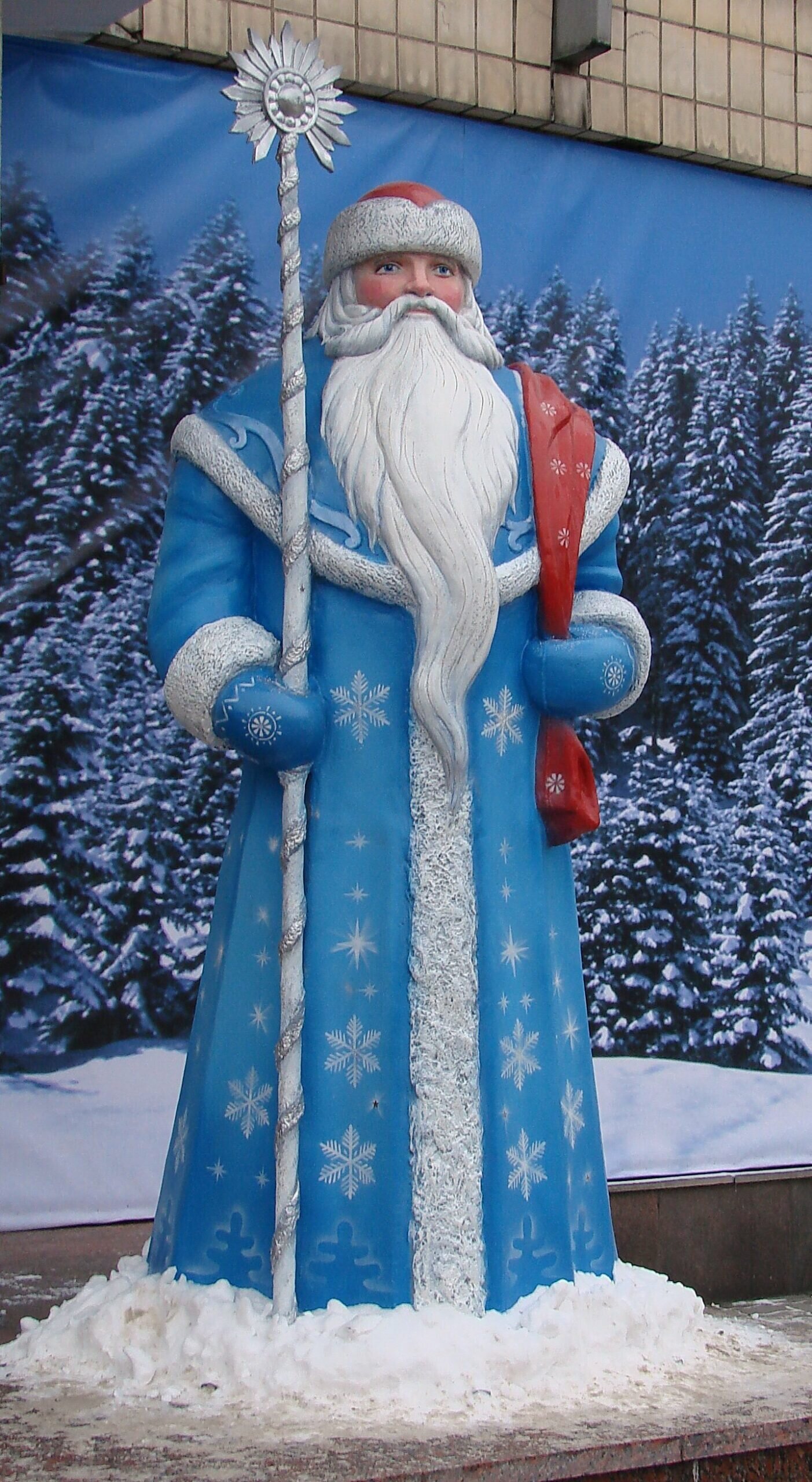On the Origin of Deities

How does a god of healing evolve into a Christmas elf?
How does a god of healing evolve into a Christmas elf?
Gods, like everything else, be it animal or story, evolve over time. Emerson famously said that "The religion of one age is the literary entertainment of the next." What Emerson had observed, of course, was that the gods of prior generations, such as the Greek Dodekatheon and the Norse Æsir, had long since stopped being objects of wide worship and were treated more as children's tales. I don't mean to denigrate those ancient faiths, since there are still the few and far between people who venerate Zeus and, tonight being the winter solstice, a number of pagan friends of mine will be getting together to celebrate Yule. That being said, with notable exceptions such as Judaism, Hinduism, and Buddhism, the vast majority of religions that date back more than three thousand years have long since been reclassified as "myth."
As with the Greek gods, a god who gets reclassified as myth doesn't just disappear. Emerson knew that many old gods become stories, although I hesitate to speculate whether he would have been more impressed by Kevin Sorbo or Dwayne Johnson. Old gods can experience another fate, however: incorporation adaptation. When Christianity spread across the world, the missionaries took the local gods and incorporated them into Christian theology, convincing the local people to keep telling their folktales, but replacing the protagonists with saints and the antagonists with devils and demons. Christmas itself is a fusion of numerous old pagan Solstice traditions, and so it's perhaps not surprising that some of the things associated with Christmas -- namely Santa Claus -- also have elements of some of those traditions.
It just so happens that Santa is probably in part derived from one of my favourite gods of healing, Veles the serpent god. Think about that the next time you put out cookies.
Veles, as I've mentioned before, is one of the ancient Slavic gods. I've long had a fascination with Veles, a fascinating character who the Slavs credited as a lord of the underworld and, amongst other things, the patron god of snakes, wizards, storytellers, and healers. Sadly, aside from the one major story of Veles' cyclical and eternal battle with Perun the thunder god, we actually know very little about Veles, and the "Book of Veles," the only surviving "text" detailing significant information about his worship, is widely believed to be a modern forgery. What we do know often comes from the Slavic folktales still told today in Russia, Poland, Bulgaria and other nations. where in spite of a rather nefarious-sounding mixture of portfolios, Veles is usually described as a benevolent trickster and an empathic and sympathetic figure who protects peasants from the other more callous gods. The thing that interests us today is that the tales of Veles are basically identical to the folktales about a Christian figure, Saint Nicholas. The two are particularly united by one common theme: they both went abroad in the darkest days of winter and brought gifts to the needy and the worthy. Scholars have suggested that when the Christians came to Russia, they heard stories of Veles bringing Solstice-time gifts and they naturally linked this to their own Saint Nicholas. This would explain why, in Russian folktales, Nicholas inexplicably travels the countryside in the company of a thunderbolt-throwing version of the prophet Elijah, protecting peasants' farms from Elijah's anger.
Stories continue to evolve, however, and given a few hundred years and the power of positive marketing, Saint Nicholas in turn evolved into a new form venerated all over the world: Santa Claus, the bearded trickster spirit who knows if you've been bad or good and leaves presents to brighten up the coldest nights. Oddly, he seems to have lost his association to snakes over the years, but I guess that might just reflect modern sensibilities.
More than four years ago, Dr. Eris Lis, M.D., began writing a series of brilliant and informative posts on RPGs through the eyes of a medical professional, and this is the one that appeared here on December 20, 2014. Lis is a physician, gamer, and author of the Skirmisher Publishing LLC OGL sourcebook Insults & Injuries, which is also available for the Pathfinder RPG system.






